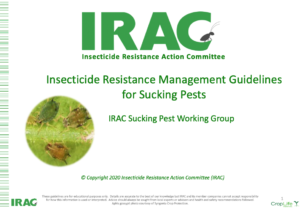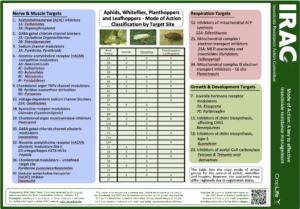Onion Thrips
Thrips tabaciBesides onion and tobacco it attacks, among others: beans, broccoli, cabbage, carrot, cauliflower, cotton, cucumber, garlic, grapevine, leek, lucerne, melon, papaya, peach, peas, pineapple, potato, red beet, squash, tomato, turnip and many ornamental plants.
Thrips tabaci is assumed to be of Mediterranean origin, but is nowadays found worldwide.
It reproduces entirely parthenogenetically; males are very rare. The female lays about 30-80 whitish eggs into small gashes in plant tissue that it has cut with its ovipositor. The whole generation cycle can be completed in 12 days in warm climates and there are usually three to five generations per year.
In some vegetables, the lesions will lead to cell proliferation and suberisation. Lasting infestations will cause leaves to curl, turn brown and drop. Shoots may be stunted, especially in young plants.

